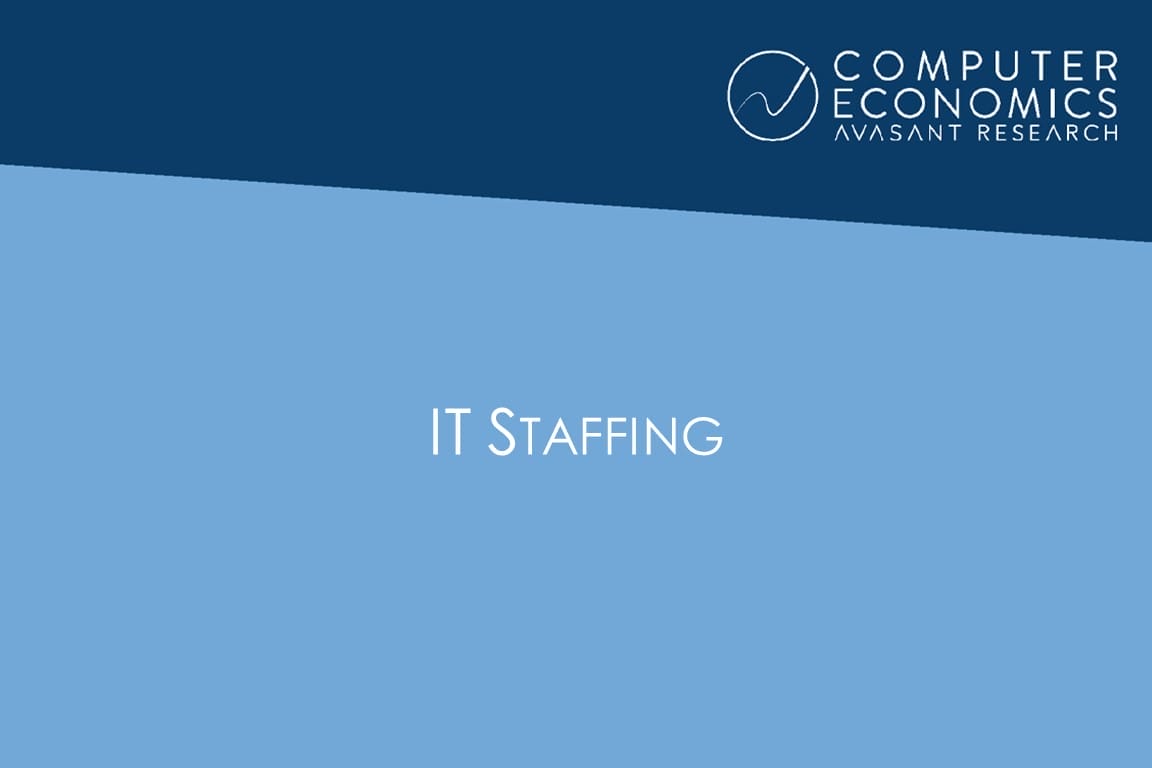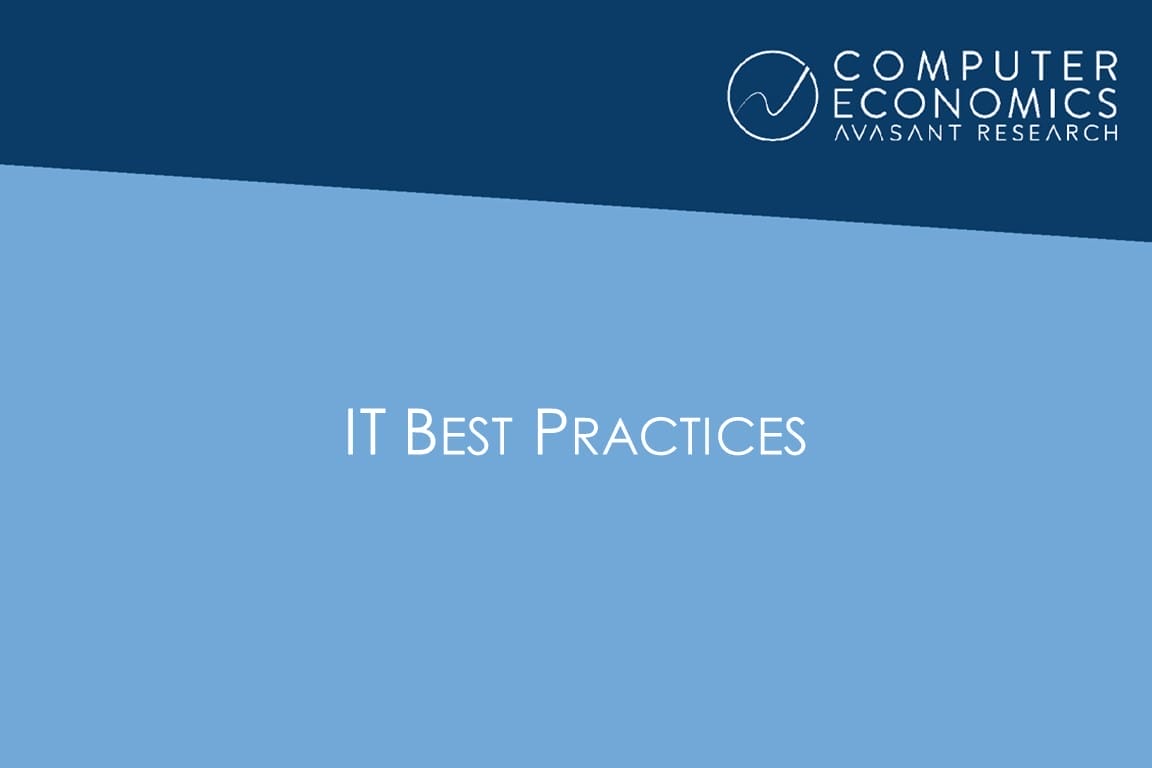-
![Cloud Computing - Impact on Business & Outsourcing transformation - Cloud Computing - Impact on Business & Outsourcing]()
Cloud Computing – Impact on Business & Outsourcing
The recent economic downturn and pressures on IT budgets have evolved a creative new business model in the form of Cloud Computing. This paper by Dr. Pradeep K.Mukherji, President & Managing Partner, Avasant Asia discusses Cloud Computing and its implications on today's businesses and outsourcing.
December, 2010
-
![Data Center Management In a Shared, Multi-Customer Environment transformation - Data Center Management In a Shared, Multi-Customer Environment]()
Data Center Management In a Shared, Multi-Customer Environment
This paper is intended to provide an overview of the fundamental elements of data center management in the context of a multi-customer environment, which is generally characteristic of outsource data center providers, but also increasingly similar to in-sourced data centers providing services to multiple internal customers in a best practice, shared services organization model.
November, 2010
-
![Development of Technology Services Industry in Nigeria: GlobeTalk with Avasant event img2 - Development of Technology Services Industry in Nigeria: GlobeTalk with Avasant]()
Development of Technology Services Industry in Nigeria: GlobeTalk with Avasant
This episode of GlobeTalk with Avasant was focused on the phenomenon of globalization services and how emerging countries are positioning themselves to be players in the global market for technology services. We spoke with representatives from CapeSource Technologies Limited, an innovative Nigerian company that is a regional leader in delivering IT and business processing services. We also spoke with a representative from the World Bank, which is actively supporting the development of nascent technology services industries across Africa.
October, 2010
-
![Public Sector Outsourcing and Nunavut: GlobeTalk with Avasant event img2 - Public Sector Outsourcing and Nunavut: GlobeTalk with Avasant]()
Public Sector Outsourcing and Nunavut: GlobeTalk with Avasant
This episode of GlobeTalk with Avasant was focused on how innovation in the technology services industry is impacting the public sector. We explored the issue of technology outsourcing at the state and local government level. We also looked at how Nunavut is attempting to modernize its telecommunications network in a geographically challenging environment to provide services to a dispersed population.
October, 2010
-
![Training Best Way to Improve IT Staff Retention Research Bytes - Training Best Way to Improve IT Staff Retention]()
Training Best Way to Improve IT Staff Retention
(IRVINE, Calif., August 11, 2008) IT organizations with the strongest education and training programs also have the lowest average turnover rates, according to a recently released Computer Economics study.
August, 2008
-
![Factors Influencing IT Employee Turnover Rates IT Staffing - Factors Influencing IT Employee Turnover Rates]()
Factors Influencing IT Employee Turnover Rates
Because it is generally less expensive to retain good employees than find new ones, lowering turnover rates is a good strategy for reducing IT personnel expenses. In this study, we examine current trends in turnover rates and provide benchmarks for turnover by organization size. We then examine 11 factors commonly believed to influence employee retention, specifically: education and training opportunities, flexible schedules, work environment, social environment, incentive pay/bonuses, base salaries, insurance benefits, employee recognition programs, paid time off, retirement programs, and telecommuting opportunities. We assess how IT executives rank the importance of these factors, and we measure the impact of each factor on actual turnover rates. We conclude with recommendations on how organizations can most cost-effectively reduce turnover. (7 pp., 9 figs.)[Executive Summary]
August, 2008
-
![The Next Wave of Outsourcing: Remote Infrastructure Management sourcing - The Next Wave of Outsourcing: Remote Infrastructure Management]()
The Next Wave of Outsourcing: Remote Infrastructure Management
In the pre-cloud era, the rapid evolution in IT architecture and remote servermanagement technologies, changes in customer behavior and demand pattern, and maturity in the provider and offshore service delivery landscape has propelled the industry toward accelerated adoption of Remote Infrastructure Management (RIM). Emergence of digital, mobile and cloud based solutions has altered the way IT infrastructure is managed, thereby changing the very complexion of RIM strategies.
July, 2008
-
![Consolidation is Key in Reducing ERP Support Costs Research Bytes - Consolidation is Key in Reducing ERP Support Costs]()
Consolidation is Key in Reducing ERP Support Costs
(IRVINE, Calif.) Organizations wanting to optimize their ERP support costs should strongly consider consolidating and standardizing on a single version and instance of their primary vendor's platform.
April, 2008
-
![Few IT Organizations Make Users Pay Research Bytes - Few IT Organizations Make Users Pay]()
Few IT Organizations Make Users Pay
(IRVINE, Calif.) Despite the heated debate over chargeback practices in the earlier part of the decade, 42% of companies still do not charge back any portion of their IT budgets and less than a quarter engage in aggressive chargeback practices, according to a Computer Economics survey of IT managers.
December, 2007
-
![IT Change Management Still Lacking in Many Organizations Research Bytes - IT Change Management Still Lacking in Many Organizations]()
IT Change Management Still Lacking in Many Organizations
Most problems in the data center are caused by changes that are introduced into the production environment. Change management, therefore, is arguably the most critical requirement for a successful IT organization. This article investigates the effectiveness of IT change management practices and considers the impact of staffing levels on the overall quality of this process. We also examine the issues that may arise by failing to adequately develop and staff an IT change management function. (5 pp., 3 figs.)
October, 2006
-
![Long-Term Trends in IT Budget Line Item Ratios IT Spending Benchmarks - Long-Term Trends in IT Budget Line Item Ratios]()
Long-Term Trends in IT Budget Line Item Ratios
This article, the third in our series on long-term trends in IT spending and staffing, analyzes changes in IT spending on a line-item basis, based on 10 years of data from our IT spending and staffing surveys. Using the ratio of each budget line item to the total IT budget, changes in corporate spending are analyzed for the following categories of IT spending: personnel, training, recruiting, data center hardware (servers and storage), software, desktop and end-user hardware, network infrastructure, outside services, facilities, overhead and supplies, security, and business continuity. By understanding long-term shifts in spending trends, the future direction for spending in each category can be better understood. (14 pp., 12 figs.)[Executive Summary]
May, 2006
-
![The Case for Mainframe Migration and Consolidation IT Best Practices - The Case for Mainframe Migration and Consolidation]()
The Case for Mainframe Migration and Consolidation
Mainframe computers still occupy a major position in the hardware inventory of many data centers, especially in certain industries such as banking, finance, and insurance, and among larger companies. According to statistics collected in our annual IT spending survey, the economic performance of mainframes is not as good as that of other hardware platforms, especially in data centers where mainframe computers are used in a mix with other classes of servers. For organizations with such a heterogeneous server mix, these findings may be used to justify migration of mainframe applications to other server platforms or, at a minimum, undertake a mainframe server consolidation strategy. (8 pp., 7 figs.)[Executive Summary]
April, 2006














